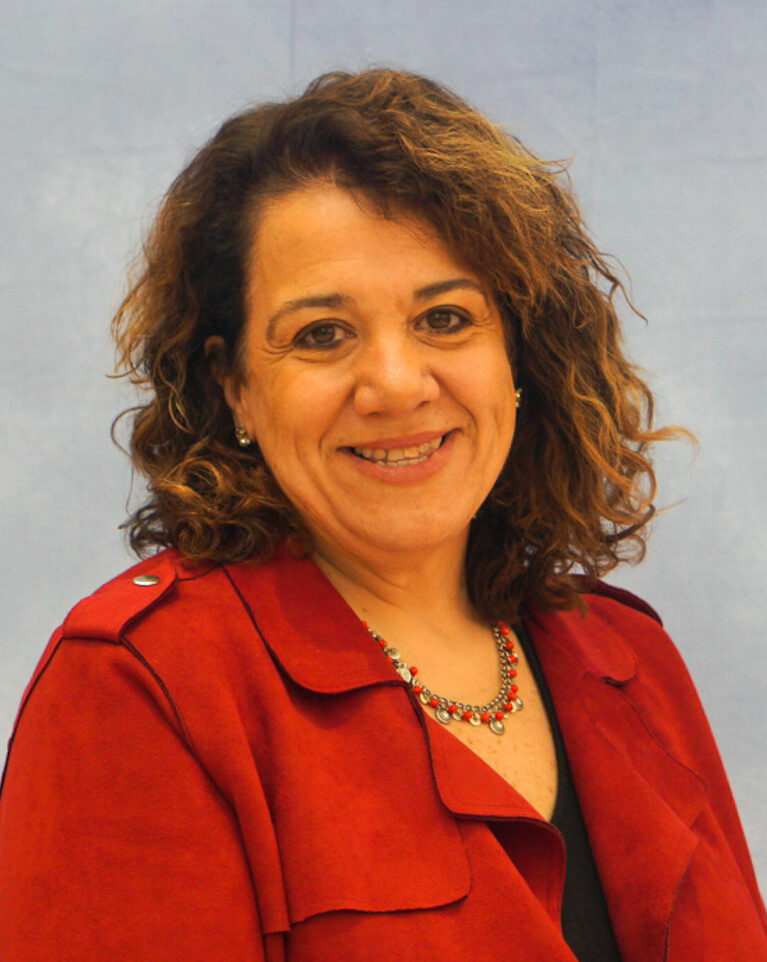
Gina Voges
Laurel Elementary School
Laurel, Delaware
gina.voges@laurel.k12.de.us
Best Practices
1) Recently, I read this quote, “The value and potential that I possess, is important enough to me that I am going to give it the energy, space, and time to grow and create results.” I never realized until reading this, that I have been practicing this when I work collaboratively with our school Data Team. I lead a cohort within that team to review data from the Focused Interim Assessments (FIABs) and the Interim Comprehensive Assessment (ICA). I have made it a practice to not just look at data but unpack it and use what we learn from the data to drive instruction, vertically align our PLCs and provide resources for staff. After researching the most effective way to unpack the data, I discovered the text Discovering Leadership Designing Your Success written by Middlebrooks, Allen, McNutt, and Morrison. From this text, I started to implement the method of DECIDE.
DECIDE stands for Decide the problem, Establish the criteria, Consider all alternatives, Identify the best alternative, Develop and implement a plan of action, Evaluate and monitor the solution and feedback when necessary. We decide where the biggest need is while unpacking data for each grade level and content area. We establish the criteria by starting with the students’ five worst answered questions then compare them to the students’ five best answered questions. We consider alternatives and resources we have to make the most impact such as using an instructional coach, provide professional development for staff or create resources to use for interventions. We then identify and develop which alternatives are best. Whether our reading specialists provide double dosing for fluency or our math coaches provide professional development on strategies using math centers. After implementing, we come back to the table and evaluate if this plan was successful. However, not only do we use data we also speak with teachers and get their opinion. We are always open to changing up our plan. Even though we have just started analyzing using the DECIDE method, there has been small progress in the areas of listening comprehension, multiple meaning words, and math fact fluency. However, reflecting on the data and how ‘we can make our students successful is the bigger win. This is why I relate to the quote I stated in the beginning, the team and I are learning to cultivate a new culture of how we value our data while giving everyone the time to get comfortable to watch the outcomes of our labor and best practices.
2) Studies show when students feel connected to at least one significant adult in their education they experience greater engagement and satisfaction with school. Over the last few years, I not only wanted our students to have a connectedness to our school, but I also wanted to build on social emotional learning. During the pandemic this was extremely difficult not having our students in the building. Thinking about our students at home all day, not having face to face interactions with teachers or their peers, I wanted to incorporate student engagement and learning choice. I thought about what students were missing out staying at home. From there the idea of our Bulldog Buddies virtual clubs began. With the help of a grant from the Freeman Foundation for supplies, we were able to start with seven clubs. Keeping to our Bulldog spirit, we named our clubs No Bones About it Math Magic is Fun, Puppy Chow (Cooking), Wag Your Tail (Dancing to the Oldies), Fetching Up a Good Story (story time), Paws Up (sign language), Crafting Canines (arts and crafts) and Barking Up Kindness (spreading cheer). We had approximately 150 students take advantage of this opportunity. Supplies were at school to be picked up by parents. If they could not get to the building, we would drop it off at their doorstep. This program lasted for six weeks. This not only benefited our students’ well-being, but was a nice change of pace for staff members who volunteered to run the classes on zoom. It gave staff and students a chance to connect with others who were not in their grade level zoom class and teachers they didn’t normally interact with on the daily. This was such a success we held another round of virtual clubs and added another 100 students.
Upon getting back to normalcy the following school year, during our Principal Advisory Committee, we discussed how to continue providing opportunities for our students to continue connectedness to our staff. We also wanted to include social emotional learning. Since our virtual clubs were a success why not have these clubs in person. We now have Girls on the Run, Let Me Run, Girls with Bark, Golf Club, Tech Dogs, Talent Shows, and monthly dances.
Looking towards the future, our Superintendent started a Mission Committee with the purpose to bring student/parent relationships with staff to the forefront. After a few meetings, I emailed my superintendent with a loose plan for a Community School. This encompassed not only students, but families and local businesses. My vision, opening the building twice a week, giving families the opportunity to choose classes together or parents separate from students. These could include a nutrition class for the family and balancing finances for parents, changing weekly. Classes would be given by staff or local community members. The structure of programs extends beyond the traditional school day and draws on the entire community’s resources to foster student achievement. We are currently writing a grant to make this happen.


